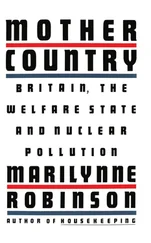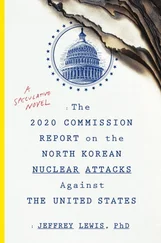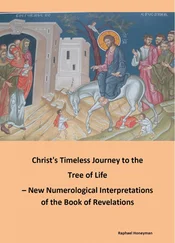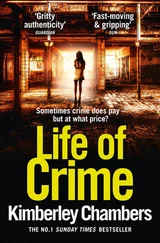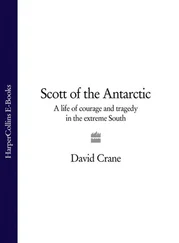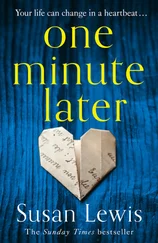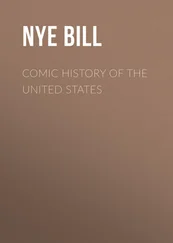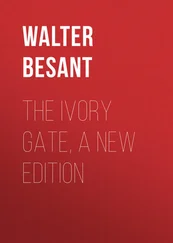In a sense, the same argument that had kept children out of school in the nineteenth century, the need for their work, was being heard again. Ellen Wilkinson won, Dalton recording in his diary that he did not mind. ‘I had never been keen on this.’ 10Barely a week later she ventured in the great freeze to an icy meeting to open the Old Vic Theatre School, its roof blitzed open to the sky, the room without heating. She caught pneumonia and on 6 February, at the age of 55, she died. 11ROSLA was her memorial, George Tomlinson, a Lancashire weaver who had left school at ten, her successor.
Red Ellen’s and George Tomlinson’s reputations have suffered heavily in the hands of Labour critics for their failure to bend the permissive nature of Butler’s Act to Labour goals, particularly over secondary education and comprehensive schools. The new Ministry of Education officials were still firmly in the grip of the idea that there were gold, silver and iron children. Neither minister, it is argued, did enough to challenge that assumption. 12Ellen Wilkinson, like so many other players in the welfare state’s story, was the product of a strong Methodist background. She was schooled at Ardwick Higher Elementary Grade in Manchester and fought her way to that city’s university in 1910, when women undergraduates were a rarity. She used to claim she had been born into the ‘proletarian purple’. 13Her memories of her own schooldays were that ‘the top few pupils were intelligent and could mop up facts like blotting paper … but we were made to wait for the rest of the huge classes … we wanted to stretch our minds but were merely a nuisance.’ 14This was hardly the background likely to produce an automatic champion of mixed ability or multilateral schools, and her biographer Betty Vernon, while firmly defending her reputation, concedes she was ‘in no way … an educational expert’. Like many Labour MPs, she respected the grammar schools and had no intention of destroying them. She believed that Butler’s ‘parity of esteem’ in the tripartite system could be achieved, and reflected the same confusion that even her fiercest Labour critics sometimes displayed over the need to preserve grammar-school standards while seeing comprehensives as an ideal. 15In addition, for twelve of the last eighteen months of her life – her period at education – she was ‘desperately ill’ with chronic bronchitis and asthma.
Wilkinson had inherited The Nation’s Schools, Butler and Ede’s May 1945 circular advising local authorities on how plans for the new secondary system should be drawn up. It argued strongly for the tripartite system of grammar, technical and secondary modern schools, and discouraged multilaterals. ‘It would be a mistake to plunge too hastily on a large scale into a revolutionary change … innovation is not necessarily reform.’ 16A circular Ellen Wilkinson approved six months after Labour took office opened the comprehensive door fractionally wider, but The New Secondary Education, issued in June 1947 after her death, again heavily reflected the ministry’s view that a tripartite system should be maintained. She had read the pamphlet, which indeed eventually carried her foreword, in March 1946 and had exploded in anger. ‘This pamphlet’, she had declared, ‘is fundamentally phoney because it subconsciously disguises the real question that has to be answered, namely, “What shall we do to get miners and agricultural workers if a hundred per cent of the children able to profit from it are offered real secondary education?” Answer … give the real stuff to a selected 25 per cent, steer the 75 per cent away from the humanities, pure science even history.’
Her anger came in part because, however astonishingly in hindsight, the intention was actually to reduce the intake of grammar and technical schools combined to 25 to 30 per cent of the school population to avoid diluting standards, 17while the secondary modern curriculum, responsibility for which was left heavily with the schools themselves, was assumed to be essentially concrete and practical.
‘Can’t Shakespeare mean more than a scrubbing brush?’ Red Ellen raged. ‘Can’t enough of a foreign language be taught to open windows on the world a bit wider – I learnt French verbs saying them as I scrubbed floors at home.’ It was suggested merely that ‘something of the sciences, maths and arts might be taught’ while history was ‘banished as too difficult … or was it possibly too dangerous if an intelligent child asked awkward questions? (Don’t worry how we got India, let’s go and do some nice work at the forge!)’ 18
Whatever her personal stance, as Margaret Thatcher was to find fifteen years later, tough-minded ministers with strong personal views cannot always shift the education department’s official mind. Ellen Wilkinson’s criticisms seem to have changed the pamphlet little. Two months after her outburst a circular which she approved confirmed in even starker terms what she was railing against.
With the school leaving age due to rise to fifteen, some secondary moderns, many of which were converted higher elementary schools, were proposing to enter suitable children for the School Certificate, then the main grammar-school qualification, instead of following tradition and decanting their children into the world of work largely qualification-free, save for attainment tests in the ‘three Rs’ of reading, writing and arithmetic. Almost unbelievably, the new circular debarred any school other than a grammar from entering any pupils for any external examination under the age of seventeen. In effect, secondary modern children would have to stay on two years beyond the planned school leaving age to gain a public qualification. 19There could be no clearer indication of how some saw education as being defined – an elite in grammars and cannon-fodder elsewhere. So much for Butler’s ‘parity of esteem’.
The worst of this situation was rescued a year later, in September 1947. With George Tomlinson now in charge, the newly reconstituted Secondary Schools Examination Council proposed a new examination, the General Certificate of Education (GCE). That would be taken at a minimum age of sixteen – one year rather than two beyond the minimum school leaving age. The standard of a pass, however, was to be the ‘credit’ level of the old School Certificate, which was well above the simple pass mark. GCEs did not start until 1951, but this decision was to set for years the mould of public examinations, which in turn heavily influenced the character of schools, both secondary modern and grammar. The only justification in the report for the high benchmark was that it would be ‘beneficial and stimulating’ and would give a pass ‘real significance’. Its aim, however, was plain enough. In the words not of Labour critics but a later government report produced under the Conservatives in 1960, the hope had been to ensure that the examination was ‘beyond the reach of any but those in selective courses’ – those in grammar schools and, if they ever developed in any numbers, the selective technical schools.
It was against these arguments, and the massive shortage of building materials and skills to provide almost any new schools other than those to service Bevan’s new housing estates and to replace bombed-out ones, that the new secondary organisation was conducted. What extra building there was had to concentrated on new primary places to meet the baby-boom and on the (often hutted) extensions to existing schools to accommodate the raised school leaving age. In October 1945, Ellen Wilkinson wrote that ‘the question of building permanent schools must wait until the housing situation has eased … it has taken all the weight I could bring to bear in Cabinet to get the extra provision for [HORSA] classrooms, but I should not myself find it within my conscience to take away labour from housing where we could manage with prefabricated huts.’ 20
Читать дальше
![Nicholas Timmins The Five Giants [New Edition]: A Biography of the Welfare State обложка книги](/books/701739/nicholas-timmins-the-five-giants-new-edition-a-cover.webp)
